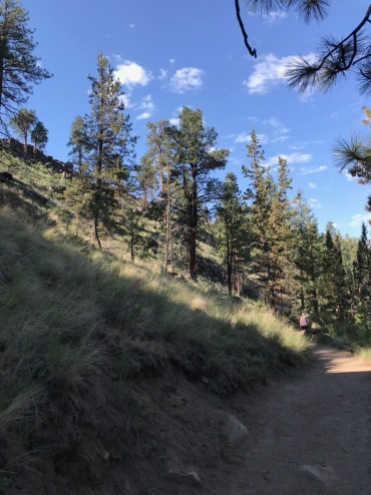These are my own personal favorites for the Northwest Perennial Alliance’s Study Weekend in Seattle. This is not official, nor the result of even a casual survey of attendees, just my own selfish opinions….
All of the speakers were great!!! I mean this, seriously. I am not known for my PC’ness or empty platitudes. First, goes to the brother and sister team Jimi and June Blake from Ireland for their informative and infectious talks on their gardens and plant loves, for the attention that June brought to us of the history and unique contexts of the place where she gardens, her design sense and ways of working. I particular enjoyed Jimi’s understated wit and sense of humor and our shared plant sympathies, including his for Salvias and his many other favorites as well as willingness to tear into and completely revamp his own garden. If I’d only had the list of plants that they chose to talk about, that would have been plenty enough to have gotten my attention, but their abilities as presenters, as interesting people and characters, brought it all ‘home’. Loved the ‘blue’ Jimi. You’d never catch me dead in it, but on you…it fit perfectly. Continue reading










